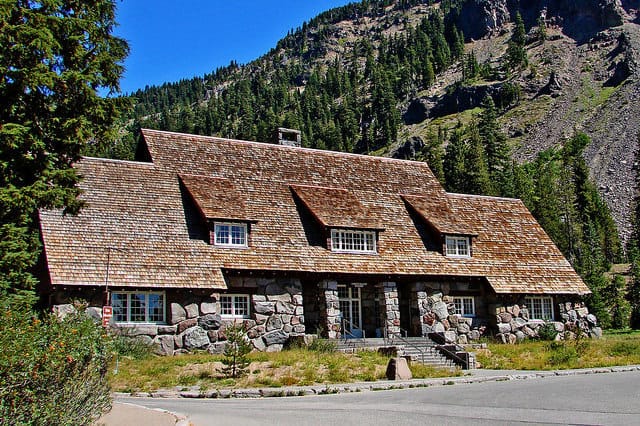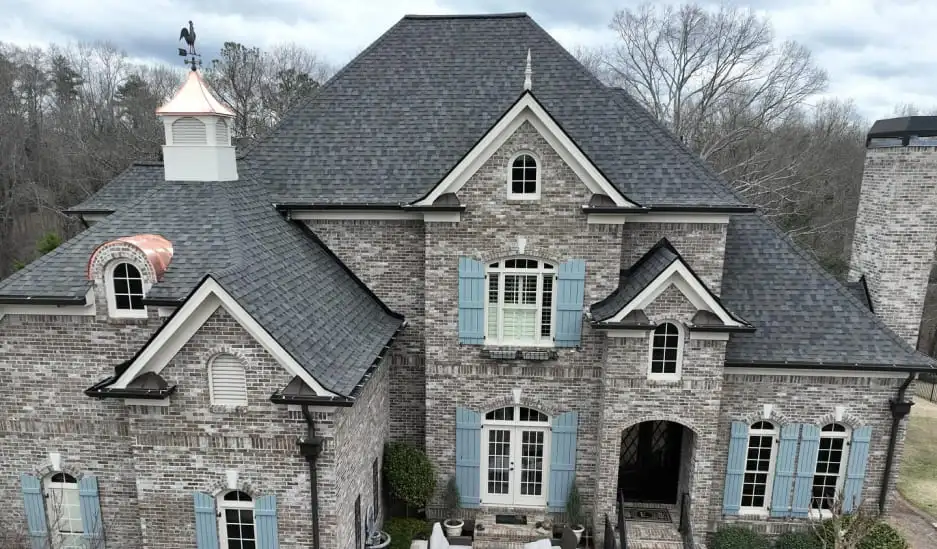
Do I need to consider climate when choosing a roof? Do the two affect one another?
Absolutely!
Different rooftops respond differently to different types of weather. Geography plays a huge role in picking the right roof. Here’s a quick breakdown of what you should consider if you’re planning on making a roof-related change.
Semi-Tropical Regions
Semi-tropical regions are found in the Southeast United States. These regions mean plenty of heat and lots of humidity. That heat is a problem for wood-based rooftops, while the humidity can be bad for some metal rooftops. You should consider reflective materials and ventilated, double roofs to stay cool. Larger overhangs can provide welcomed shade and protection. Shingles are acceptable but will gray out quickly in the powerful sun (and they will suffer algae problems as well). This is why tile and slate are popular choices in these regions.
Coastal Climates
Coastal areas get a lot of wind, salt and water. This is bad news for a variety of different materials. Often, the best rooftops for coastal climates make use of durable shingles. However, anything that can rust or fade will have a short lifespan in these areas. Coastal storms also make especially tall or complex roofs more dangerous. When it comes to roofs in these climates— it’s often better to stay lower to the ground.
Arid Desert
In arid desert regions, there’s plenty of heat but not much humidity. Most of the Southwest United States and some of the Midwest fall into this category. Reflective materials need to beat the heat, which means used white shingles, tile, and metal rooftops. Mediterranean styles are popular here as are common ranch homes with basic gable rooftops that need little maintenance.
Snowy Areas
Strong rooftops with ice dam protection are the most durable choices in snowy areas. Shingles (especially darker shingles) and metal rooftops are also common. However, be careful of materials that may crack easily in the cold. Rooftops in these areas tend more toward steep A-frames that can shrug off snow more easily, especially as elevation increases. Remember proper insulation is extra important in these regions!
Wetter Climates
In climates like those in the Northwest (and to a lesser degree, New England) — homes need protection against damp conditions. Shingle and metal roofing tend to do well here— as long as the metal has strong, well-maintained sealants to protect against moisture and the shingles are algae-resistant. Since we already mentioned New England, this is a good spot to say that slate rooftops are very popular in the New England area, and for a very prosaic reason: Most of the slate for roofing in the United States is mined there.
General “Temperature” Regions
This is a catch-all for those forest-and-field regions found across the United States. Here, simple shingles are usually a homeowner’s best bet. This is where common and inexpensive materials shine. Composite roofs and concrete roofing can also work well here. Wooden shake rooftops (while not as popular) can also work— although they require plenty of maintenance, especially in forest regions. Cedar, as always, is the most durable wood for rooftops.



